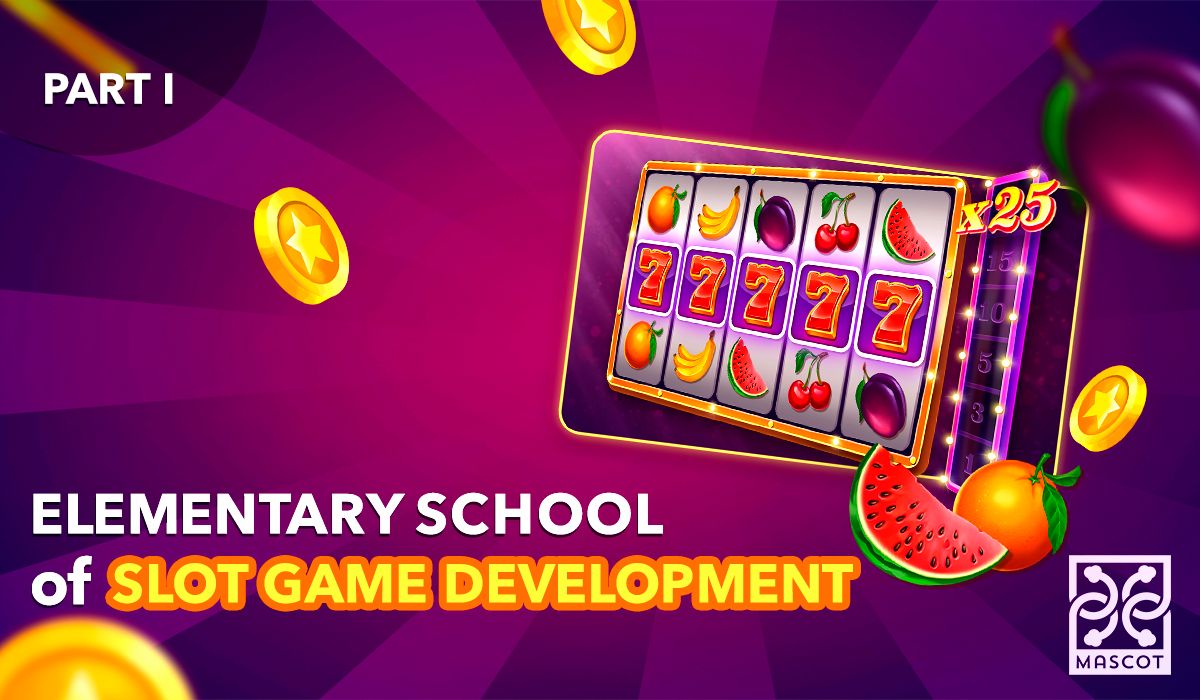Elementary School of Game Development II
Last week, we discussed the most crucial part of a slot game, Random Number Generator, and even posted an article about it. Today, we are continuing our journey by exploring other core fundamentals of slot game development. These include RTP, Volatility, and Hit Rate. Let's first understand what RTP is.
As you can guess from the name, RTP or Return to Player is the expected rate of return expressed as a percentage. It depends on the amount of money deposited during the game. For instance, suppose you have deposited 1$ in a game that features a 95% RTP rate. In this case, you can expect to get a return of 0.95$.
In the long run, a game with a higher RTP rate gives the player more chances to hit big wins compared to a game with a lower RTP. Also, remember that the more spins you make, the closer your actual return will be to the expected one. That's why experienced players often recommend picking games with an RTP rate of no less than 95%.
Now, let's talk about volatility. In simple words, volatility is all about how often or rare and how massive or small winnings you can expect to get. It can be high, medium, or low.
Low-volatility games will bring you more frequent but smaller wins, giving a sense of stability. On the other hand, games with high volatility are high-risk and will provide you with a chance to receive less frequent but more significant prizes. As for medium volatility slots, they are somewhere in between and are considered the golden balance.
Talking about payouts, we are really curious about your preferences. Are you more of a risk taker, or do you prefer steady yet small payouts? Do games with medium volatility are a bit frustrating for you? Because we know that's the case for some gamers. The last vital element of slot game development that should be taken into account when creating a new game is the Hit Rate. This indicator refers to the frequency with which winning combinations appear on the reels.
If RTP is all about the expected return and volatility is about the frequency and size of the wins, then Hit Rate shows the amount of bets the player might win. Normally, slot machines come with a hit rate ranging between 20% and 40%. While not all developers disclose this information, experienced players who have been in the field for a long time can easily figure out the hit rate after the first hundred spins.
If combined together, these aspects and indicators can help define the target audience of a particular slot game. Those who prefer steady payouts will very likely avoid high-volatility games and vice versa.

